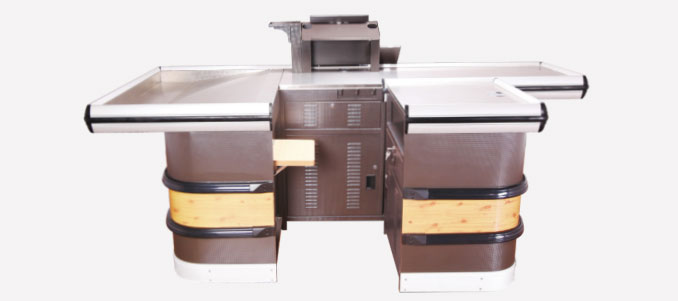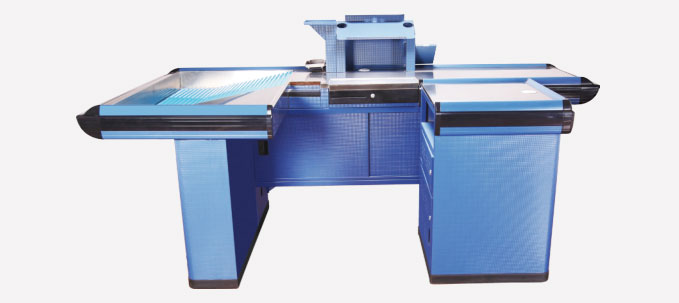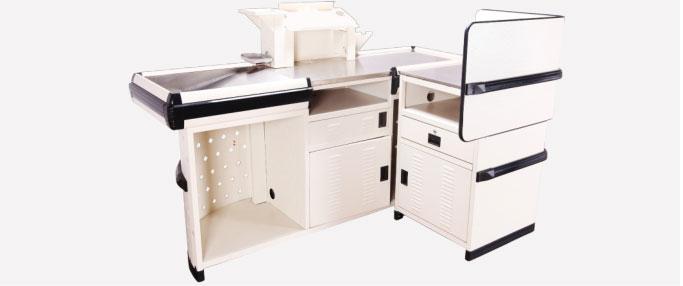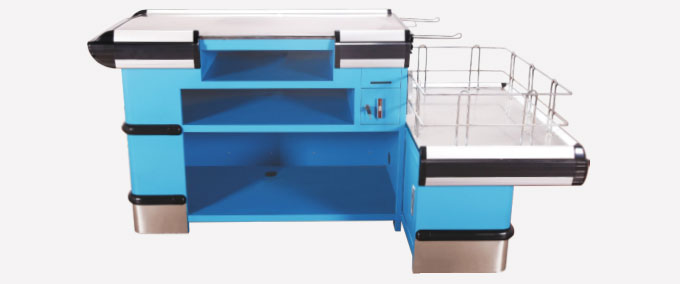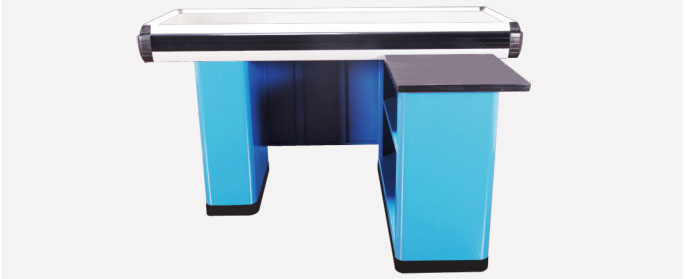When it comes to designing or setting up a retail space, one of the most overlooked yet crucial elements is the height of the checkout counter. Whether you’re a store owner, a designer, or simply someone curious about the mechanics of retail spaces, understanding the standard height of a checkout counter can make a significant difference in both customer experience and employee comfort. So, how tall is a checkout counter? Let’s dive into the details and explore the factors that influence the height of these essential pieces of retail furniture.
Why Checkout Counter Height Matters
The height of a checkout counter might seem like a minor detail, but it plays a pivotal role in the overall efficiency and accessibility of a retail environment. For employees, a counter that is too high or too low can lead to discomfort and even health issues over time. On the other hand, for customers, an improperly sized counter can create a barrier to accessibility, particularly for individuals with mobility challenges. Therefore, getting the height right is essential for creating an inclusive and ergonomic workspace.
Standard Checkout Counter Height
So, what is the standard height for a checkout counter? Typically, you’ll find that most checkout counters range between 30 inches (76.2 cm) and 36 inches (91.4 cm) in height. This range is designed to accommodate both standing and seated cashiers, depending on the setup. However, it’s important to note that there is no one-size-fits-all solution, and the ideal height can vary based on specific needs and contexts.
For instance, in a busy retail environment where cashiers are standing for long periods, a counter height of around 33-34 inches (83.8-86.4 cm) is often recommended. This height allows for comfortable hand placement on the keyboard or scanner while maintaining a neutral wrist position, which is crucial for preventing repetitive strain injuries.
Considerations for Seated Cashiers
In some cases, cashiers may prefer to sit while working, especially if their job involves long hours at the counter. For seated cashiers, the counter height should be adjusted to accommodate the chair height. A good rule of thumb is to ensure that the counter is about 2-4 inches (5-10 cm) above the seated elbow height of the cashier. This allows for a comfortable working position without straining the neck or shoulders.
Additionally, the depth of the counter is another factor to consider. A deeper counter can provide more space for transactions, but it may also require a slightly higher counter to maintain accessibility for both employees and customers. Striking the right balance between height and depth is key to creating a functional and comfortable workspace.
ADA Compliance and Accessibility
Accessibility is another critical factor when determining the height of a checkout counter. According to the Americans with Disabilities Act (ADA), checkout counters should be accessible to individuals with disabilities. This includes ensuring that the counter is at a height that allows wheelchair users to comfortably reach the transaction area. Typically, this means that a portion of the counter should be no higher than 36 inches (91.4 cm), with adequate knee space to allow for easy approach.
Moreover, the ADA recommends that the reach range for items on the counter should not exceed 48 inches (121.9 cm) for items that are operated with a reach or grasp. This ensures that customers with mobility challenges can independently complete transactions without assistance.
Customizing Checkout Counter Height
While standard checkout counters are designed to meet the needs of most retail environments, there are situations where a custom height may be necessary. For example, in a store that primarily serves children or individuals with shorter statures, a slightly lower counter may be more appropriate. Conversely, in a warehouse or industrial setting, a taller counter may be necessary to accommodate larger items or equipment.
When considering a custom checkout counter height, it’s important to involve both employees and customers in the decision-making process. Conducting ergonomic assessments and gathering feedback can help ensure that the chosen height meets the needs of all users and promotes a positive shopping experience.
Conclusion
In conclusion, the height of a checkout counter is far from a trivial matter. It plays a crucial role in ensuring the comfort, efficiency, and accessibility of both employees and customers. While the standard range of 30-36 inches provides a good starting point, it’s essential to consider the specific needs of your retail environment, including ergonomic considerations and ADA compliance. By taking the time to carefully evaluate and customize the height of your checkout counter, you can create a more inclusive and functional workspace that benefits everyone involved.

